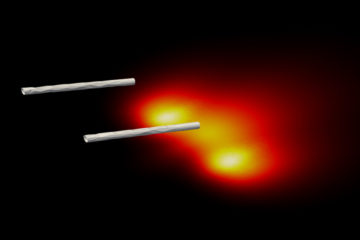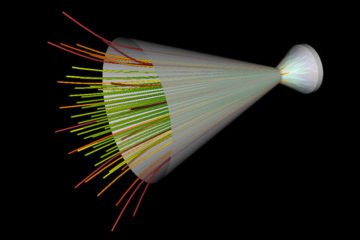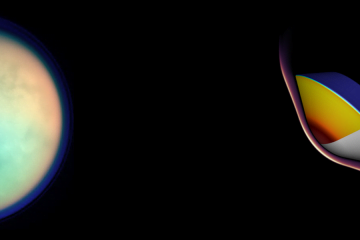Space
Plume Impingement of a Single & Dual Thruster Configuration
Plume impingement plays a major role in the development of spacecraft systems due to the possible contamination of mission critical elements such as solar panels or scientific instruments by a thruster exhaust. The application case presented in the following validates the Direct Simulation Monte Carlo (DSMC) and the particle-based ellipsoidal statistical Bhatnagar-Gross-Krook (ESBGK) methods in PICLas with experimental measurements.


